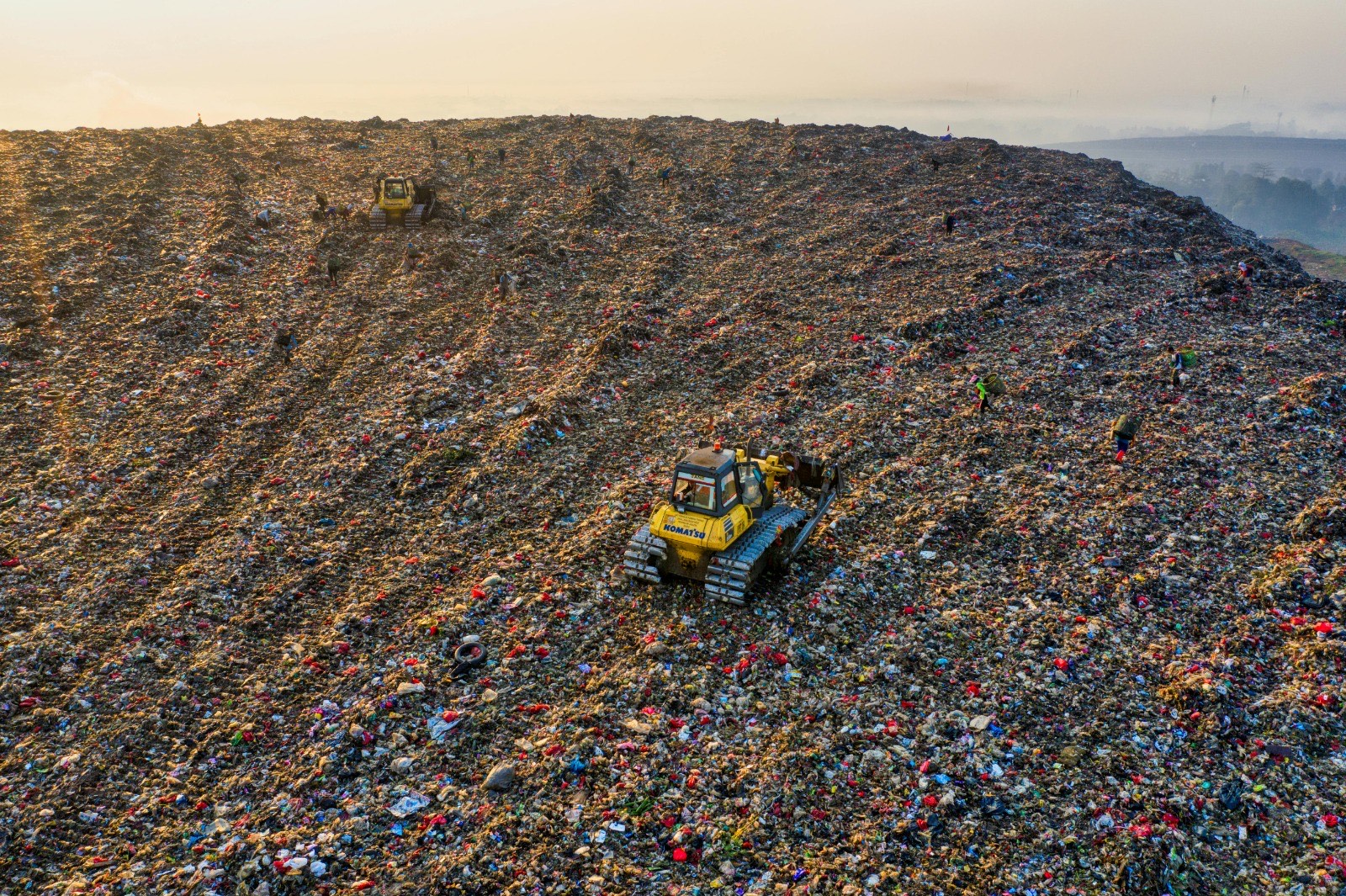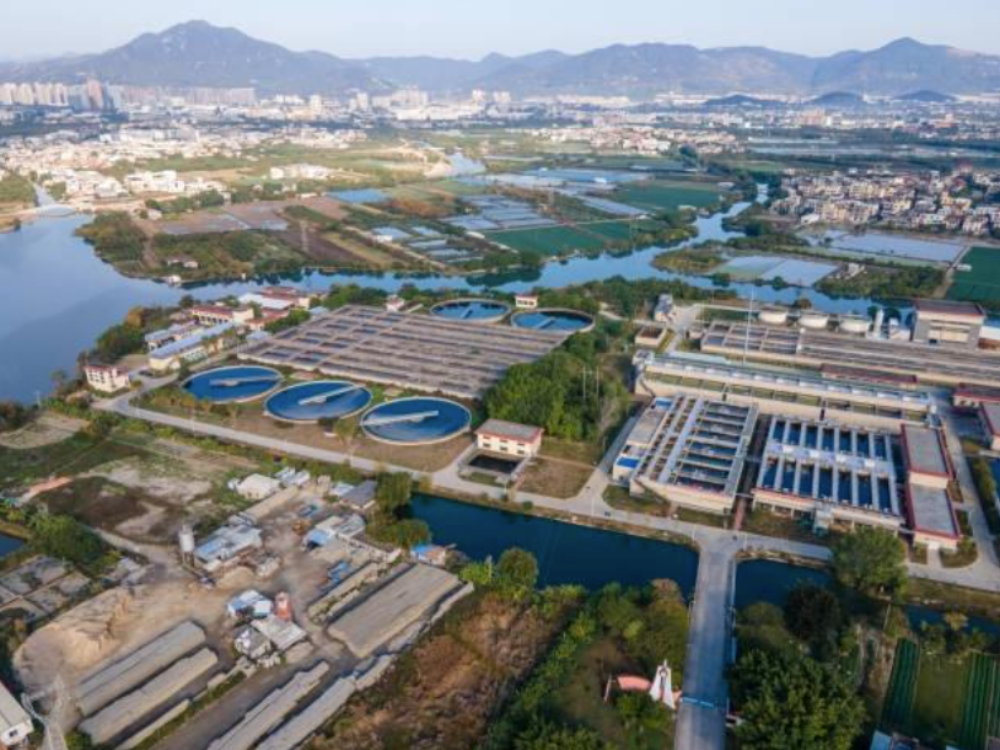

What is Hazardous Waste?
Hazardous waste is waste that has the potential to cause hazards or risks to human, animal health, or the environment. As a thumb rule, hazardous waste can be classified as per CRIT criteria, i.e., Corrosive, Reactive, Ignitable, or Toxic.
It comprises waste generated throughout commercial product manufacturing, such as petroleum refining, pharmaceutical production, petroleum, paint, aluminum, electronic items, etc. According to the study, almost 74.6 lakh tonnes of hazardous waste are generated annually in India.
When treating and disposing of hazardous waste, it can be disposed of at a facility established by the waste generators (Captive facility ) or at Common Hazardous Waste Treatment, Storage, and Disposal Facilities (TSDFs). In 17 states and union territories, there are 40 facilities for treating, storing, and disposing of hazardous waste.
Hazardous waste such as lead-acid battery scraps, used oil, waste oil, wasted catalyst, etc., and other waste such as waste tires, paper waste, metal scrap, etc., are utilised as raw material and supplementary resource for material and energy recovery by companies interested in recycling such waste. Therefore, it is always better to recycle or recover these materials rather than dispose of them in landfills or by incineration.
Pre-Process involves the segregation and treatment of hazardous waste at the source before it enters the waste stream. This method focuses on minimizing the volume and hazardous characteristics of waste through processes such as neutralization, stabilization, or physical treatment. Pre-Process reduces the overall environmental impact of hazardous waste and facilitates safe disposal or recycling.


Co-Processing integrates hazardous waste into industrial processes, such as cement kilns or thermal power plants, as an alternative fuel or raw material. By utilizing the high temperatures and controlled conditions of these processes, hazardous waste can be safely incinerated or chemically transformed, reducing its toxicity and volume. Co-Processing offers an efficient and cost-effective solution for hazardous waste management while minimizing environmental pollution.
TSDF facilities are specialized facilities designed for the treatment, storage, and disposal of hazardous waste. These facilities employ a combination of physical, chemical, and biological treatment methods to render hazardous waste safe for final disposal. TSDFs adhere to strict regulatory standards and environmental guidelines to ensure the protection of human health and the environment.


CETPs are centralized treatment facilities that treat effluent wastewater generated by multiple industries within an industrial estate or cluster. In the context of hazardous waste management, CETPs play a crucial role in treating contaminated wastewater containing hazardous substances before discharge into water bodies or municipal sewer systems. CETPs employ various treatment processes, such as chemical precipitation, biological treatment, and advanced oxidation, to remove pollutants and protect water quality.
Waste oil recycling is the process of reprocessing used oil into usable products, reducing environmental pollution and conserving resources. It involves collecting used oil from various sources, such as automotive shops, industrial facilities, and households, and then refining it to remove impurities. The refined oil can be used as a fuel in industrial burners, furnaces, or power plants, or it can be processed further into lubricants or other petroleum products. Recycling waste oil helps prevent contamination of soil and water, reduces greenhouse gas emissions, and conserves valuable natural resources.
